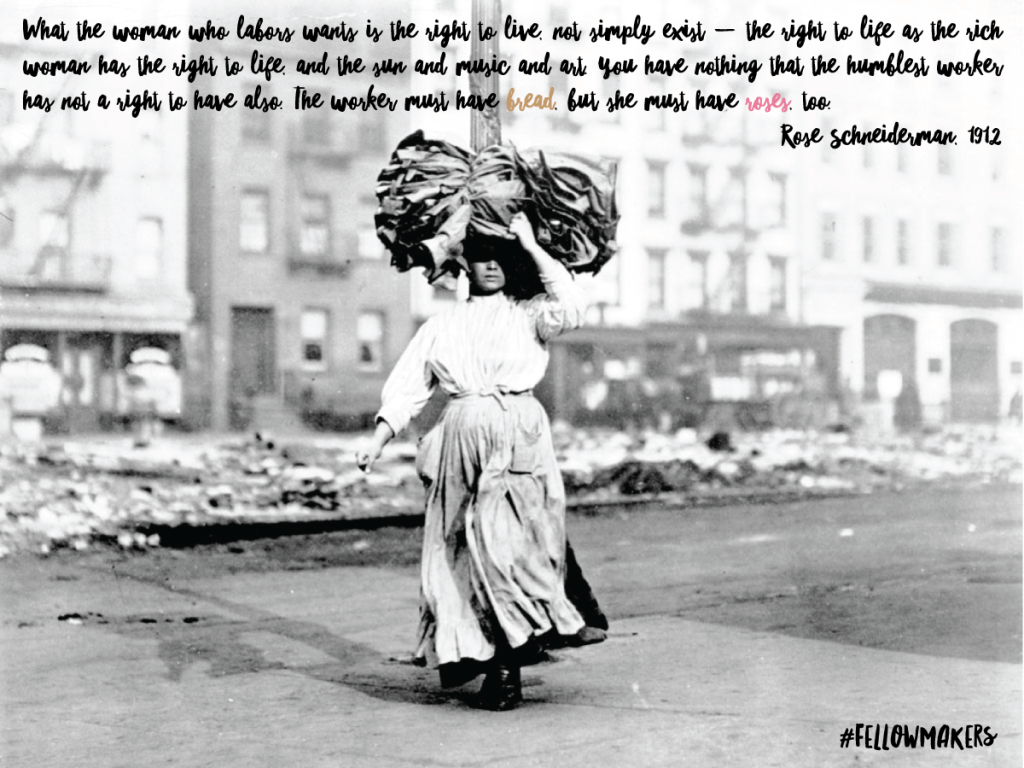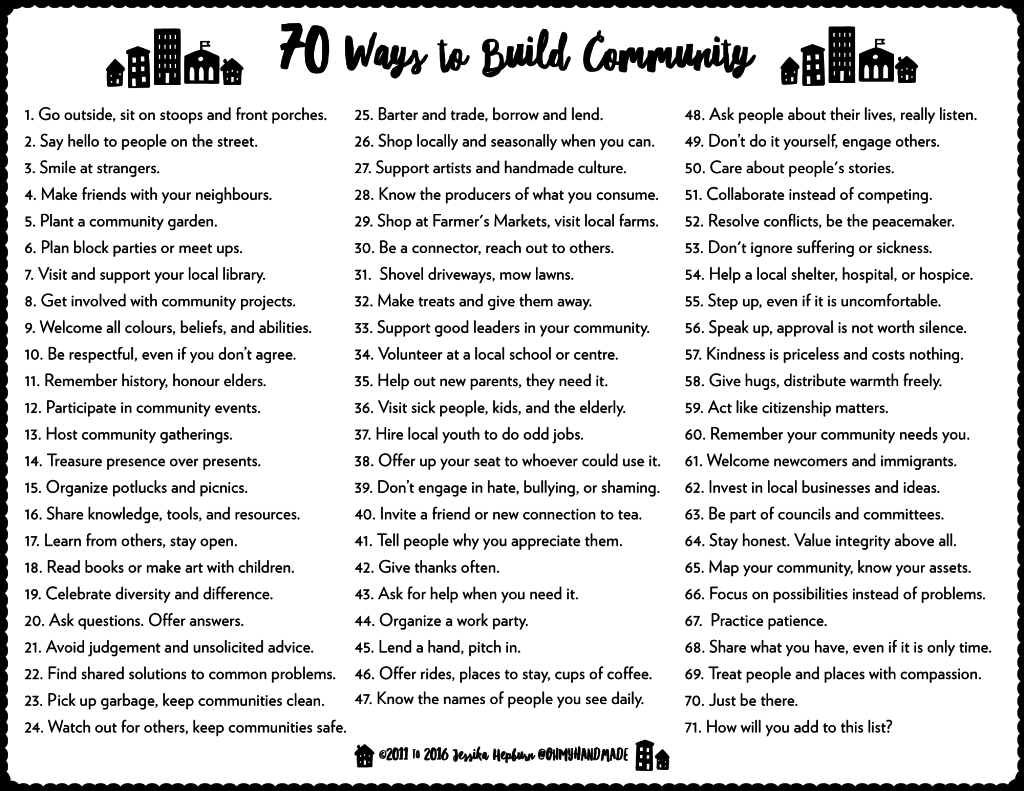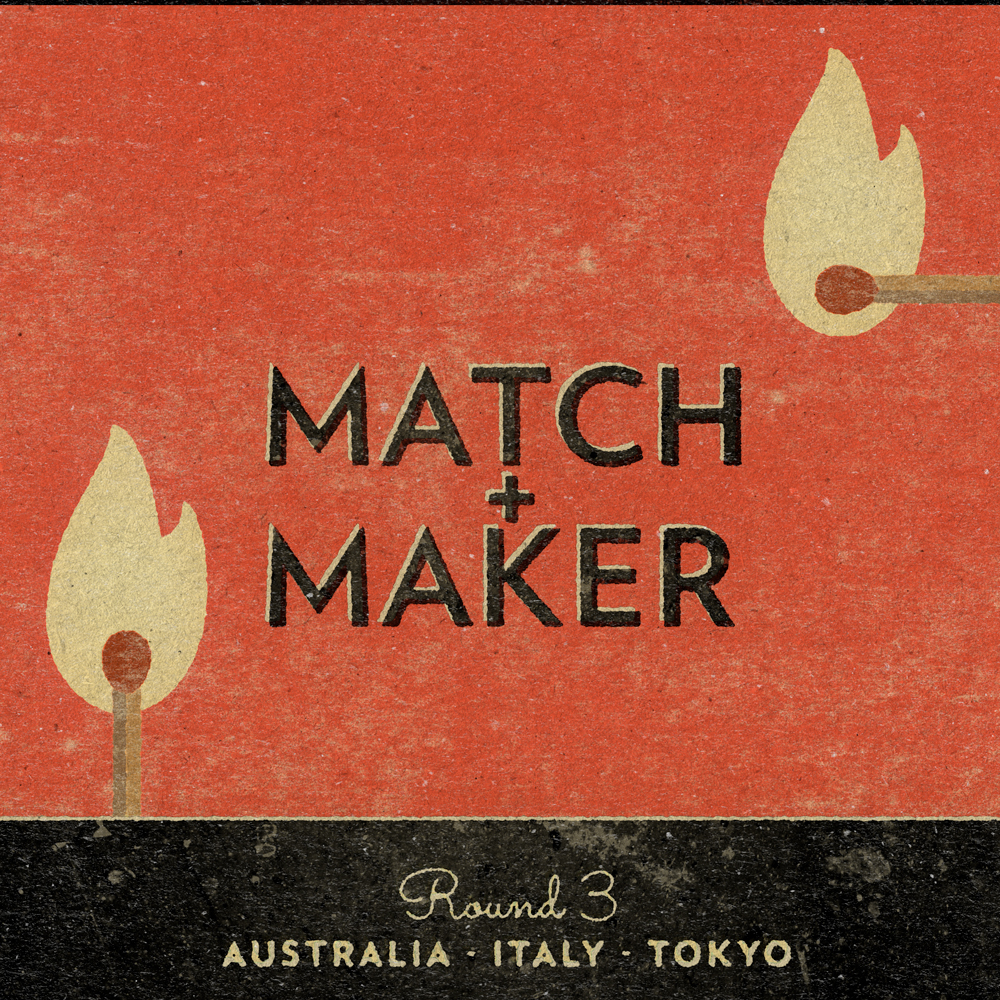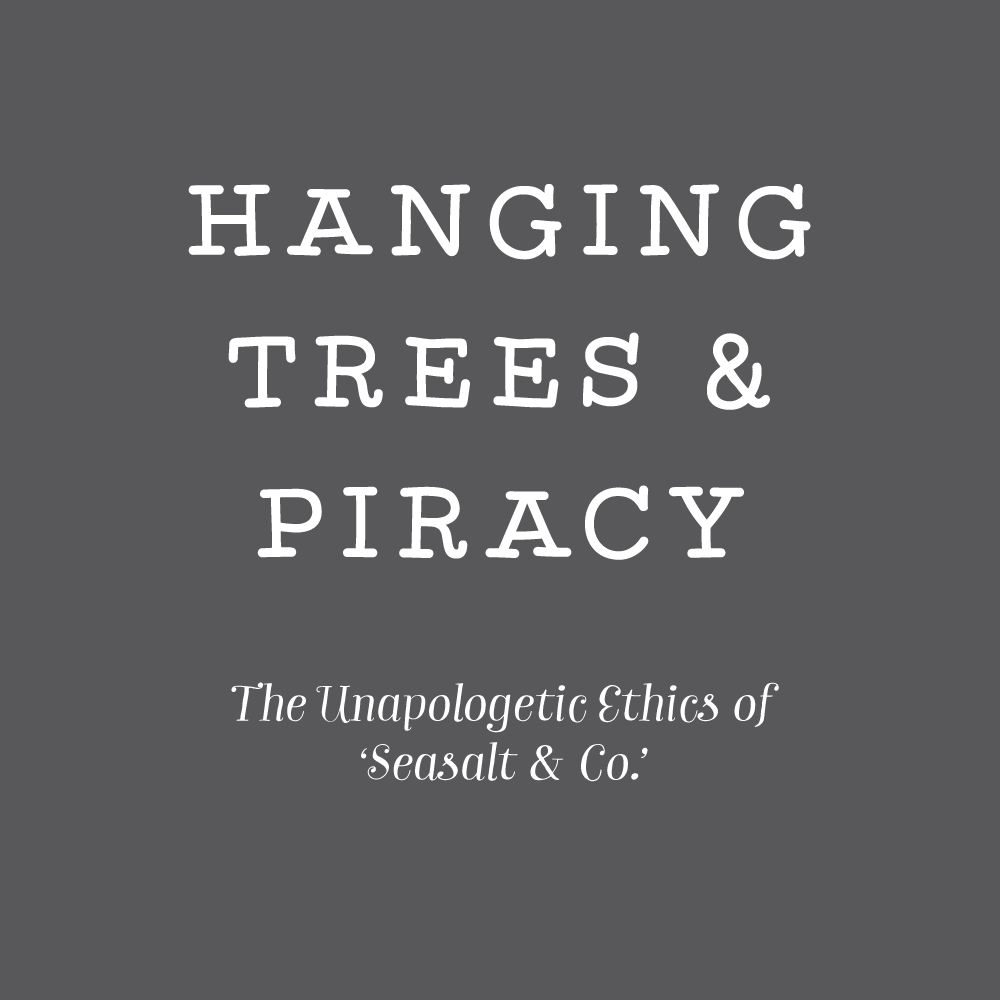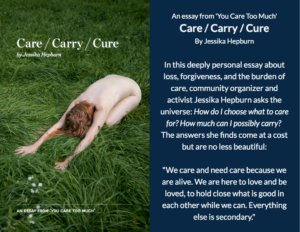Fellow makers, many of us have forgotten International Women’s Day began as International Working Women’s Day. The agenda? Changing conditions for the working women of the world and uniting the working class. On March 8, 1857, garment workers in New York City marched and picketed, demanding improved working conditions, a ten hour day, and equal rights for women. On March 8, … [Read more...] about #FellowMakers History & the Triangle Factory Fire
For the Head
70 Ways to Build Community
It’s become such a cliched phrase-something we say and recognize to be true but don’t often act on: “It takes a village to raise a child.” What does that even mean? I am asked all the time - “How can I possibly do it all?” The hard truth is you can’t. You can’t be everything to everyone all the time. You can’t be the only one responsible for raising your children, running … [Read more...] about 70 Ways to Build Community
{Match + Maker} Round 3: Australia – Italy – Tokyo
It is time for the last round of Match + Maker! As a community we spent February pairing up makers and making matches to help us all connect and create. Meet friends from Hong Kong to Halifax in Round 1, San Francisco to Quebec in Round 2, & makers from all over the world today. Pack your bags, we're visiting Moldova, Italy, Australia, Canada, Tokyo, UK, and the USA! How … [Read more...] about {Match + Maker} Round 3: Australia – Italy – Tokyo
Hanging Trees & Piracy: The Unapologetic Ethics of Seasalt & Co.
Note: All of the information shared in this post was posted publicly online and is speculative in nature, it is neither libel nor slander to republish publicly posted information, many items have since been deleted online and so screenshots to all referenced quotes are linked for further research. All the photos and screenshots have been archived in Dropbox and can be viewed … [Read more...] about Hanging Trees & Piracy: The Unapologetic Ethics of Seasalt & Co.
{Part 4} Dig A Business Foundation: Intellectual Property
Also in this series: {Part 1: Website} | {Part 2: Contracts} | {Part 3: Structure} First off, I’m super proud of you for tackling each of the areas so far. We are going to wrap up with how you bring home the bacon: your business’ intellectual property. For the vast majority of creative businesses, your intellectual property is your most valuable business asset. It’s how … [Read more...] about {Part 4} Dig A Business Foundation: Intellectual Property

